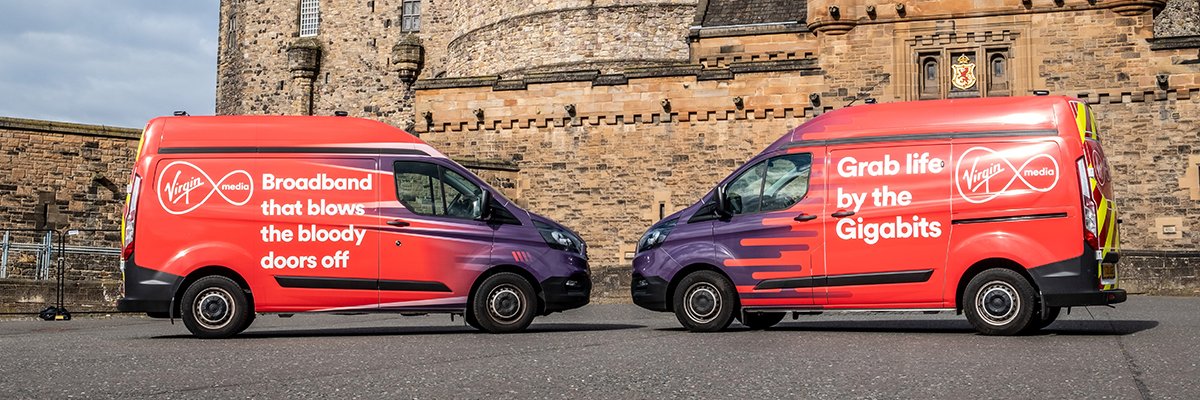
In its recently published Connected Nations autumn update, Ofcom found an increase in the number of UK households able to get full-fibre broadband capable of delivering download speeds of up to 1 Gbps, yet the quality of services from these lines is patchy according to where people live, the UK communications regulator has found.
The Communications market report 2022 was based on two main datasets: data collected by SamKnows, its panel of volunteers who connect a hardware monitoring unit to their broadband router; and data provided to Ofcom by broadband providers.
It notes that widespread use of video streaming and other bandwidth-intensive services such as video conferencing, along with growth in remote working following the Covid-19 pandemic, mean that people are demanding more of their broadband connections.
The key technical discoveries were that the increase in average home broadband connection speeds has continued, and that by March 2022, the median average download speed of UK home broadband connections was 59.4 Mbps, a 9 Mbps (18%) increase on the previous year, as people upgraded to faster services. More than 90% of broadband homes take a superfast package. The proportion of home broadband connections that were superfast packages with an advertised download speed of 30 Mbps or higher was 91% in 2022, and 8% were ultrafast packages with advertised speeds of 300 Mbps or more.
However, worryingly, the gap between average urban and rural speeds has widened following a sustained period during which it narrowed. Ofcom discovered that during the 8-10pm peak-time period, there was a 58% difference between average urban (62.1 Mbps) and rural (39.4 Mbps) download speeds, up from 42% in 2021. While rural speeds increased, the rate of increase was lower than in urban areas, where growth in the availability and take-up of faster cable and full-fibre services is higher.
Upload speeds have also increased as homes upgrade to faster fibre and cable packages. Median average upload speeds increased by 9% to 10.7 Mbps in the year to March 2022. Among the packages in the report, Virgin Media’s 1.1 Gbps service had the fastest median average 24-hour download speed, at 1137.5 Mbps, while TalkTalk’s 500 Mbps full-fibre service had the highest median upload speed, at 73.0 Mbps. Cable services with an advertised speed of 1.1 Gbit/s delivered the highest proportion of their average maximum or advertised speeds at peak times, at over 99%, and there was a noticeable reduction in cable network.
While Ofcom noted that performance varied by service and technology, services using the same wholesale input tend to have similar performance. That is, people could receive better performance by switching technology or moving to a higher service tier, but Ofcom found few differences between comparable services provided by companies such as BT, EE, Plusnet, Sky and TalkTalk, which use the same Openreach wholesale inputs.
Yet while the increase in average speeds across the UK has been generally welcomed, industry analysts have expressed concern regarding the still-growing connectivity gap between urban and rural areas.
“With the increasing number of internet-connected devices in our homes, having quick and reliable broadband is more important than ever,” said Ernest Doku, telecoms expert at price comparison site Uswitch.com. “Access to broadband has rightly been a government priority, but the large difference in average speeds at peak times shows that more levelling up is needed.”

Comentarios recientes